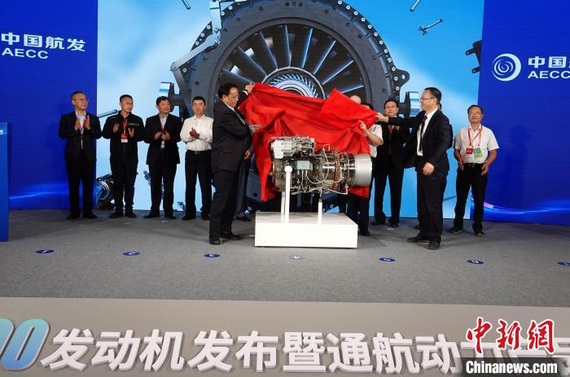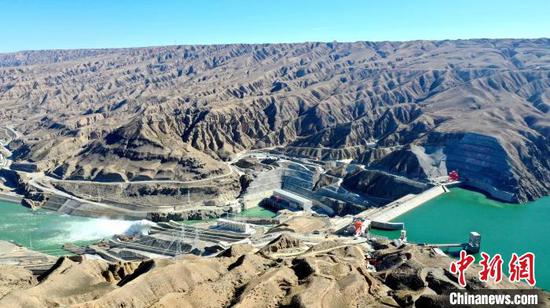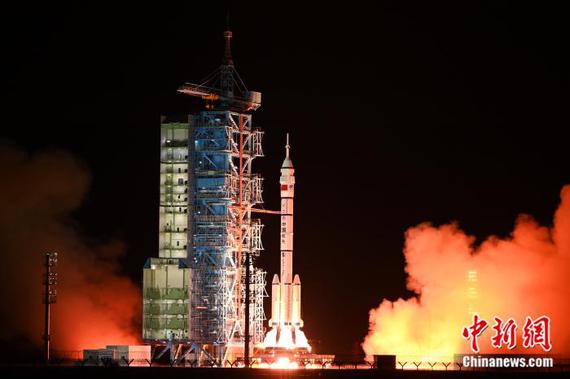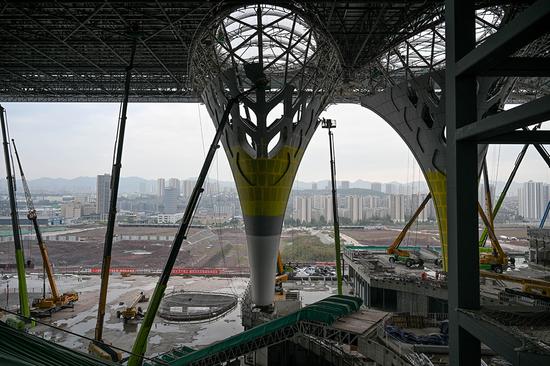时间:2021-03-13 18:07:19来源: 德国新闻网
The newest addition to China's carrier rocket family-the Long March 7A-made its first successful flight at the Wenchang Space Launch Center in Hainan province early Friday morning, sending a technology demonstration satellite into space.
The 60.1-meter colossal rocket blasted off at 1:51 am from a launchpad in the coastal launch center, and soon deployed the New Technology Demonstrator 9 experimental satellite into orbit, according to a statement from China Aerospace Science and Technology Corp, the nation's leading space contractor.
The satellite is tasked with conducting space environmental monitoring and demonstration for new technologies.
The launch marked the 362nd flight of the Long March rocket series and also the second by the Long March 7A. Its first flight failed in March 2020 due to malfunctions.
According to the designers, the Long March 7A has a liftoff weight of 573 metric tons and a core-stage diameter of 3.35 meters. It is capable of placing a 7-ton spacecraft into geosynchronous transfer orbit.
The rocket is tasked with sending satellites into high-altitude orbits such as the geosynchronous transfer and inclined geosynchronous orbits. It can also be used to carry out missions to the moon, Mars or asteroids, designers said.
There are already a number of China's Beidou navigation satellites and communication satellites traveling in the geosynchronous transfer orbit.
Research and development of the new rocket took 22 months and was mainly based on the Long March 7, which is tasked with sending cargo spaceships to China's future space station. Designs for the Long March 3A series were also used in the new rocket.
Meng Gang, Long March 7A's project manager, said the service of the Long March 7A will encourage and boost the development and deployment of large, heavy satellites.
He explained that along with technological advances in China's satellite industry, the nation's satellites, especially those operating in high-altitude orbit, will become heavier because they will have more equipment and more fuel.
However, the major Chinese rocket for missions to high-altitude orbit-the Long March 3B-has a maximum transport capacity of 5.5 tons to the geosynchronous transfer orbit, making it unable to lift next-generation high-orbiting satellites that usually weigh 6 or 7 tons. Meanwhile, the Long March 5, China's largest and mightiest rocket, can send 14 tons of payload into that orbit, but it will be a huge waste for such rockets to lift those satellites.
Therefore, a new model like the Long March 7A is necessary and useful, Meng said.
Fan Ruixiang, the rocket's chief designer, said that the addition of the new model will help to optimize the portfolio of launch services of the Long March fleet and will be a strong boost to satellite operators' plans to establish high-orbit networks.
"We have received many orders for the rocket that will need three to five launches each year from now to 2025," Fan said

EconoScope | China's commitment inspires, empowers global growth
2024-11-21
Tech Frontier | China's new AES100 aircraft engine launched at 15th Airshow China
2024-11-16
President Trump and the oil painting Prayer by a Chinese artist
2024-11-13
First unit of Yangqu hydropower station connected to state grid
2024-11-11
Incremental polices stabilize China's real estate market
2024-11-04
China launches Shenzhou-19 crewed spaceship
2024-10-30
Famous Oil Painter Mr. Zhang Yan and the Icon of the "Smiling Pope": Promoting Dialogue in Religious Culture
2024-10-25
Largest high-speed rail hub in western China aims for 2025 launch
2024-10-24